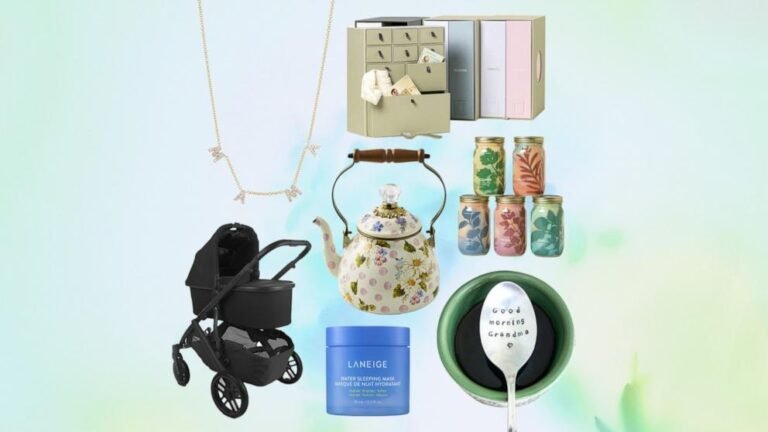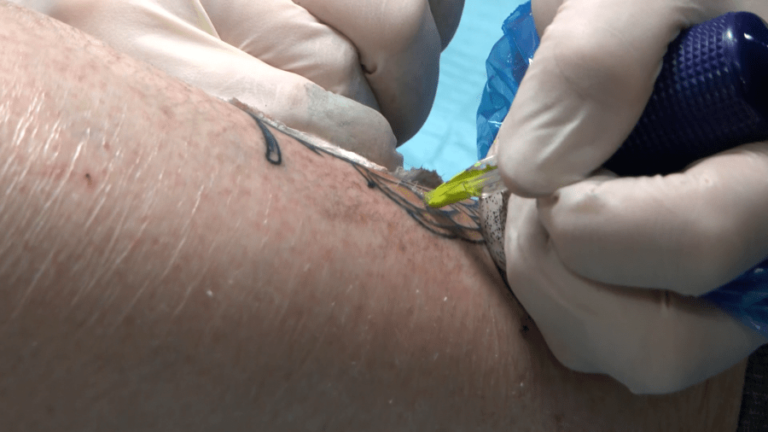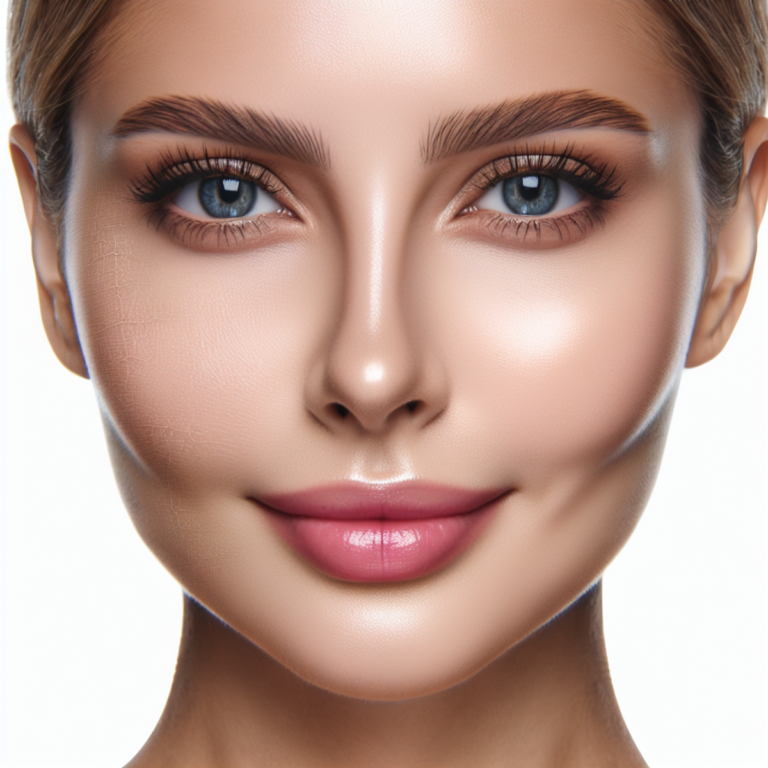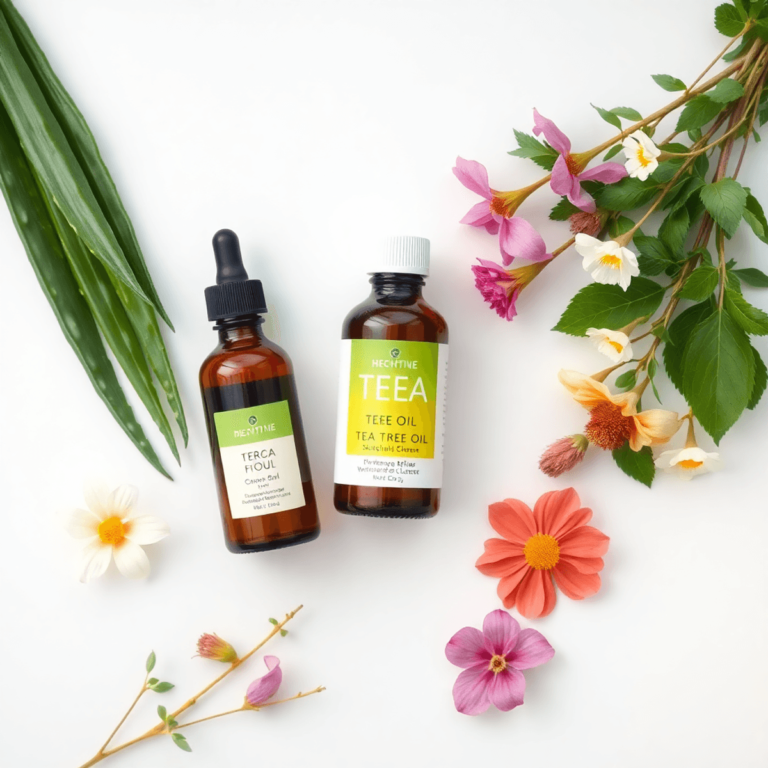How to Get Rid of Pimples
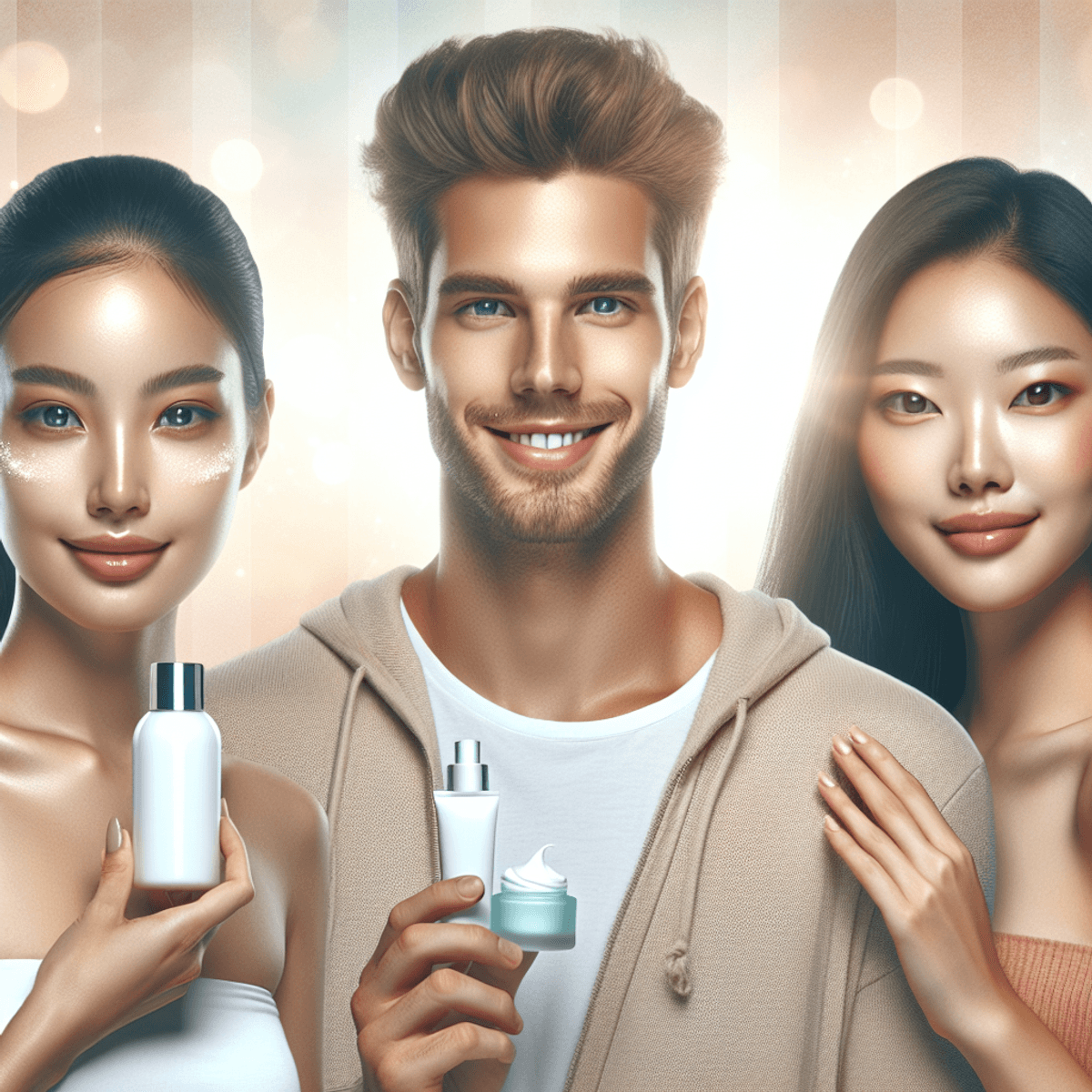
Introduction
Pimples are a common skin issue that happen when hair follicles get blocked with dead skin cells and too much oil. This often leads to different types of pimples like blackheads, whiteheads, pustules, and cysts. The impact on self-esteem can be significant, as blemished skin often affects one’s confidence and social interactions.
Taking care of your skin is important for your overall health. Clear skin not only makes you look better but also shows that you’re healthy inside too. Having the right skincare routines and treatments can make a big difference in how you feel every day.
Common triggers for pimples include:
- Hormonal changes: Puberty, pregnancy, or menopause can cause fluctuations that lead to increased oil production.
- Diet: High-glycemic foods and dairy products are known to contribute to acne development.
- Bacteria: Skin bacteria like Propionibacterium acnes play a role in pimple formation.
Understanding these triggers helps in coming up with effective ways to get rid of pimples on your face and other areas where they appear.
Understanding Different Types of Pimples and Their Causes
Various types of pimples can affect your skin, each with unique characteristics. Recognizing these differences is essential for effective treatment.
Types of Pimples
- Blackheads: Open comedones that appear black due to oxidation of melanin in the clogged pore.
- Whiteheads: Closed comedones with a white or flesh-colored appearance, caused by trapped oil and dead skin cells.
- Pustules: Inflamed pimples filled with pus, often red at the base with a yellow or white center.
- Cysts: Large, painful, and deep-seated pimples that are filled with pus and can lead to scarring if not treated properly.
Causes of Pimples
Several factors contribute to the formation of these different types of pimples:
- Hormonal Fluctuations: Hormonal changes during puberty, pregnancy, or menstrual cycles can increase oil production, leading to clogged pores and pimples.
- Excessive Oil Production: Overactive sebaceous glands produce excess sebum, which mixes with dead skin cells and clogs hair follicles. This condition is often referred to as acne.
- Bacteria: The bacterium Propionibacterium acnes thrives in clogged pores, leading to inflammation and pus formation.
Understanding these causes helps in choosing appropriate treatments to target specific types of pimples effectively. For more information on treatment options, you can explore this resource.
1. Topical Treatments: Quick Fixes for Acne Breakouts
Topical treatments are a popular choice for managing acne breakouts due to their effectiveness and ease of application. These treatments are applied directly to the skin, targeting the affected areas to reduce inflammation and unclog pores.
Benzoyl Peroxide
Benzoyl peroxide is widely recommended for its ability to kill acne-causing bacteria and reduce inflammation. It works by:
- Killing Bacteria: Benzoyl peroxide penetrates the skin and releases oxygen, which kills the bacteria responsible for acne.
- Reducing Oil Production: It helps decrease the amount of oil produced by sebaceous glands.
- Exfoliating Dead Skin Cells: Benzoyl peroxide also has mild exfoliating properties, helping remove dead skin cells that clog pores.
Available in various concentrations ranging from 2.5% to 10%, benzoyl peroxide can be found in creams, gels, and cleansers. Starting with a lower concentration can minimize irritation, making it a suitable option for sensitive skin.
Salicylic Acid
Another effective ingredient is salicylic acid, known for its ability to exfoliate the skin and unclog pores. It works through:
- Penetrating Pores: Salicylic acid is oil-soluble, allowing it to penetrate deep into pores and dissolve debris.
- Exfoliation: It promotes the shedding of dead skin cells, preventing them from accumulating and causing blockages.
- Anti-inflammatory Properties: Salicylic acid reduces redness and swelling associated with pimples.
Typically available in concentrations between 0.5% and 2%, salicylic acid can be found in cleansers, toners, spot treatments, and pads. Regular use helps maintain clear pores and prevent future breakouts.
Choosing the Right Product
When selecting topical treatments for acne:
- Consider your skin type. Sensitive skin may benefit from starting with lower concentrations.
- Use non-comedogenic products to avoid further clogging of pores.
- Apply treatments consistently as directed for optimal results.
By incorporating these topical treatments into your skincare routine, you can effectively manage acne breakouts and work towards clearer skin.
2. Natural Remedies: Harnessing the Power of Nature to Combat Pimples
More and more people are choosing natural treatments for acne instead of synthetic products. This shift is motivated by a preference for holistic and gentle approaches that align with overall health and wellness goals.
Tea Tree Oil
Tea tree oil has gained popularity due to its potent antibacterial properties. Studies show that it can effectively reduce pimple size and redness by combating the bacteria that cause acne.
- Application: Dilute tea tree oil with a carrier oil (like coconut or jojoba) before applying it directly to the affected area.
- Benefits: Antimicrobial and anti-inflammatory properties help soothe the skin while reducing infection risks.
Green Tea Extract
Green tea extract is another natural remedy celebrated for its anti-inflammatory and antioxidant qualities. Consuming green tea or applying products containing green tea extract can help manage acne symptoms.
- Topical Use: Products infused with green tea can be applied directly to the skin.
- Internal Benefits: Drinking green tea regularly helps in reducing inflammation from within, which may indirectly benefit skin health.
Aloe Vera Gel
Aloe vera gel is renowned for its soothing and healing properties, making it an excellent choice for irritated or inflamed skin. It can enhance the effects of other treatments by providing a moisture barrier that calms and repairs the skin.
- Application: Apply pure aloe vera gel directly to pimples or over-the-counter treatments to boost their efficacy.
- Benefits: Anti-inflammatory and antimicrobial properties help reduce redness, swelling, and promote faster healing of acne lesions.
Exploring these natural treatments for acne provides alternatives that are both effective and less likely to cause side effects. By incorporating ingredients like tea tree oil, green tea extract, and aloe vera gel into your skincare routine, you harness nature’s power to fight pimples gently yet effectively.
3. Lifestyle Modifications: Supporting Your Skin from Within
Managing Stress for Clearer Skin
Stress can have a significant impact on your skin, often leading to pimple flare-ups. When you’re stressed, your body releases cortisol, a hormone that increases oil production in your skin glands. This excess oil can clog pores and cause pimples.
Practical stress management techniques can help mitigate this:
- Consider incorporating mindfulness practices such as meditation or deep breathing exercises into your daily routine.
- Regular physical exercise is also beneficial, as it helps reduce stress levels and improve overall skin health.
The Role of Diet in Acne
Diet plays a crucial role in the development of acne. Certain dietary choices can exacerbate pimple formation.
High-Glycemic Foods
High-glycemic foods, like sugary snacks and white bread, spike blood sugar levels quickly, leading to increased insulin production. Elevated insulin levels can boost oil production in the skin, contributing to clogged pores and acne breakouts.
Foods to be cautious about include:
- Sugary snacks and beverages
- White bread and pastries
- Processed cereals
Dairy Products
Dairy products are another common culprit linked to acne. Some studies suggest that milk and other dairy items can promote inflammation and increase sebum production, potentially worsening acne symptoms.
Consider reducing intake of:
- Milk
- Cheese
- Ice cream
Adopting a Balanced Diet
Adopting a balanced diet rich in whole foods can support clearer skin. Focus on consuming plenty of fruits, vegetables, lean proteins, and whole grains. These nutrient-dense foods provide essential vitamins and minerals that promote healthy skin function.
A Holistic Approach to Managing Pimples
Combining stress management techniques with mindful dietary choices creates a holistic approach to managing pimples from within. This dual strategy not only addresses external symptoms but also tackles underlying factors contributing to acne development.
4. Skincare Practices: Building a Routine That Prevents Pimples from Coming Back
Creating an effective skincare routine for acne prevention is essential for maintaining clear skin. Consistency and the right products play crucial roles.
Steps for an Effective Skincare Routine:
- Cleansing: Use a gentle cleanser twice daily—morning and evening—to remove dirt, oil, and makeup. Opt for cleansers with ingredients like salicylic acid to help unclog pores.
- Toning: Apply a toner after cleansing to balance the skin’s pH levels. Look for alcohol-free toners with soothing ingredients like witch hazel or rose water.
- Treatment: Incorporate acne treatments such as benzoyl peroxide or retinoids. These target breakouts and prevent new pimples from forming.
- Moisturizing: Hydration is key, even for oily skin types. Choose non-comedogenic moisturizers that won’t clog pores but will keep your skin hydrated.
- Sun Protection: Use a broad-spectrum sunscreen with at least SPF 30 daily to protect your skin from UV damage, which can worsen acne scars.
Non-Comedogenic Products
Using non-comedogenic makeup and skincare products is vital in preventing clogged pores that lead to pimples. These products are formulated to avoid blocking pores, reducing the risk of breakouts.
- Makeup: Select foundations, powders, and blushes labeled as non-comedogenic. Mineral makeup can be a good choice due to its lightweight nature.
- Skincare Products: Check labels on moisturizers, sunscreens, and serums to ensure they are non-comedogenic. Ingredients like hyaluronic acid and glycerin provide hydration without causing breakouts.
Additional Tips
- Regular Exfoliation: Gently exfoliate once or twice a week to remove dead skin cells that can clog pores.
- Avoid Touching Your Face: Hands carry bacteria that can transfer to your face, causing more pimples.
- Clean Your Tools: Regularly wash makeup brushes, sponges, and pillowcases to minimize bacterial buildup.
Building a consistent skincare routine with these steps ensures your efforts in managing acne aren’t counteracted by clogged pores or improper product usage. For those heading back to school, consider adopting a simple back-to-school skincare routine that aligns with these principles while also addressing other skin concerns such as fine lines and wrinkles.
5. Seeking Professional Help: When to Consult a Dermatologist for Persistent Acne Issues
Knowing when to seek professional help is crucial in managing severe or persistent acne effectively. If you’ve tried multiple over-the-counter treatments without success, it may be time to consult a dermatologist. Here are some signs that indicate you should consider professional guidance:
- Persistent Acne: If your acne doesn’t improve after several weeks of using over-the-counter products.
- Severe Breakouts: Experiencing painful cysts or nodules that are deep under the skin.
- Scarring: Noticing scars forming even with mild acne.
- Emotional Distress: Feeling self-conscious or experiencing anxiety due to your skin condition.
A dermatologist can provide you with personalized acne treatment tailored to your specific skin type and concerns. They have access to a range of prescription medications that can offer more effective results than over-the-counter options. These include:
- Topical Retinoids: Medications like tretinoin that help unclog pores and prevent new pimples from forming.
- Oral Antibiotics: Drugs such as doxycycline or minocycline that reduce inflammation and bacterial growth.
- Hormonal Treatments: For women whose acne is linked to hormonal fluctuations, treatments like birth control pills or spironolactone can be effective. More information on hormonal acne can be found here.
- Isotretinoin: A powerful oral medication for severe cases, often considered when other treatments fail.
Personalized treatment plans from dermatologists also encompass lifestyle and skincare recommendations that align with your unique needs. They can advise on:
- Appropriate skincare routines
- Dietary adjustments
- Stress management techniques
Receiving expert advice ensures you’re using safe and effective methods to get rid of pimples without risking further skin damage. Personalized plans increase the likelihood of achieving clearer skin in a sustainable manner.
Transitioning from self-treatment to professional care can make a significant difference, especially for those struggling with persistent or severe acne. It’s important to understand the diagnosis and treatment options available, which include both medical interventions and lifestyle modifications as suggested in this NCBI resource. Furthermore, understanding the emotional impact of persistent acne can also aid in seeking timely help.
Avoiding Harmful Practices That Can Worsen Acne Conditions
Pimple Popping Risks
Popping pimples might seem like a quick solution, but it often leads to more harm than good. When you squeeze a pimple, you risk pushing bacteria and debris deeper into the skin, which can cause:
- Infections: The introduction of bacteria through broken skin can lead to infections.
- Scarring: Damaging the skin’s surface often results in permanent scars.
- Inflammation: Squeezing or picking at pimples can make inflammation worse, making the area more swollen and red.
Harmful Home Remedies
Some home remedies are touted as quick fixes for pimples but end up causing irritation or damage. Notable examples include:
- Toothpaste: While some believe toothpaste can dry out pimples, its ingredients often irritate the skin and lead to further redness and peeling.
- Hydrogen Peroxide: This common antiseptic is too harsh for facial skin, potentially causing burns and increased irritation.
- Rubbing Alcohol: Often used with the intention of disinfecting, rubbing alcohol strips the skin of essential oils, leading to dryness and increased oil production as the skin attempts to compensate.
Better Alternatives
Instead of resorting to harmful practices, consider these safer alternatives:
- Use a warm compress to soften the pimple and reduce swelling without causing damage.
- Apply over-the-counter treatments containing benzoyl peroxide or salicylic acid for safe and effective results.
By steering clear of pimple popping risks and harmful home remedies, you protect your skin from unnecessary damage while allowing it to heal properly.
Conclusion: A Holistic Approach to Clearer Skin Without Compromising Health
Effective management of blemishes requires more than just external treatments. It’s crucial to integrate long-term lifestyle changes that support overall skin health.
Consider these key takeaways:
- Topical Treatments: Use products like benzoyl peroxide and salicylic acid to reduce inflammation and unclog pores.
- Natural Remedies: Explore the benefits of tea tree oil, green tea extract, and aloe vera gel for their soothing and anti-inflammatory properties.
- Lifestyle Modifications: Address stress through mindfulness or exercise, and be mindful of dietary choices, such as avoiding high-glycemic foods and dairy products.
- Skincare Practices: Develop a skincare routine with non-comedogenic products to prevent future breakouts.
- Professional Help: Seek guidance from a dermatologist for persistent or severe acne issues.
By combining these approaches, you can achieve clearer skin without compromising your health. Embrace a comprehensive strategy to not only get rid of pimples but also maintain overall well-being.
FAQs (Frequently Asked Questions)
What are pimples and how can they affect self-esteem?
Pimples are small, inflamed spots on the skin that occur due to clogged pores, often caused by excess oil, bacteria, or hormonal changes. They can significantly impact self-esteem, leading to feelings of embarrassment and anxiety about one’s appearance.
What types of pimples exist and what causes them?
Common types of pimples include blackheads, whiteheads, pustules, and cysts. Their formation is primarily triggered by hormonal fluctuations, excessive oil production, and the presence of bacteria on the skin.
What topical treatments are effective for acne breakouts?
Topical treatments like benzoyl peroxide and salicylic acid are popular choices for managing acne. Benzoyl peroxide works by reducing inflammation and killing bacteria, while salicylic acid helps unclog pores and exfoliate the skin.
Are there natural remedies that can help reduce pimples?
Yes, natural remedies such as tea tree oil and aloe vera gel have shown efficacy in reducing pimple size and redness. Tea tree oil has antibacterial properties, while aloe vera gel soothes irritated skin.
How can lifestyle modifications support skin health?
Managing stress through techniques like mindfulness or exercise can help reduce pimple flare-ups. Additionally, being mindful of dietary choices—such as limiting high-glycemic foods or dairy—can also play a role in acne development.
When should I consult a dermatologist for acne treatment?
You should consider consulting a dermatologist if you experience severe or persistent acne that does not respond to over-the-counter treatments. A dermatologist can provide personalized treatment plans tailored to your specific skin type and concerns.



